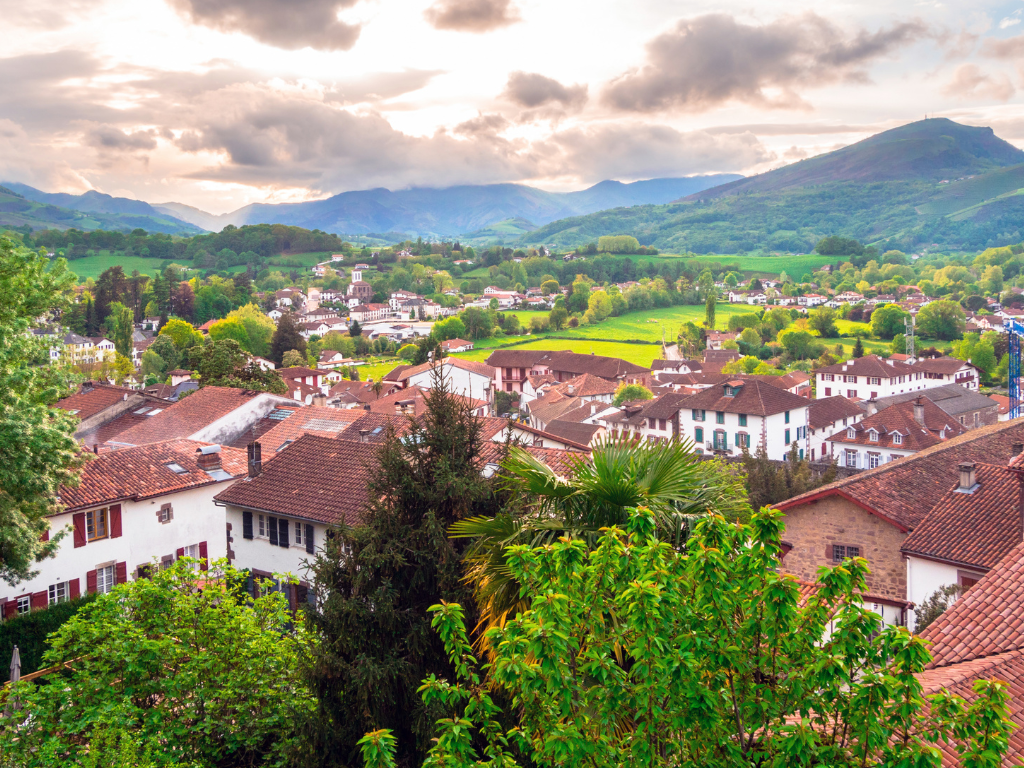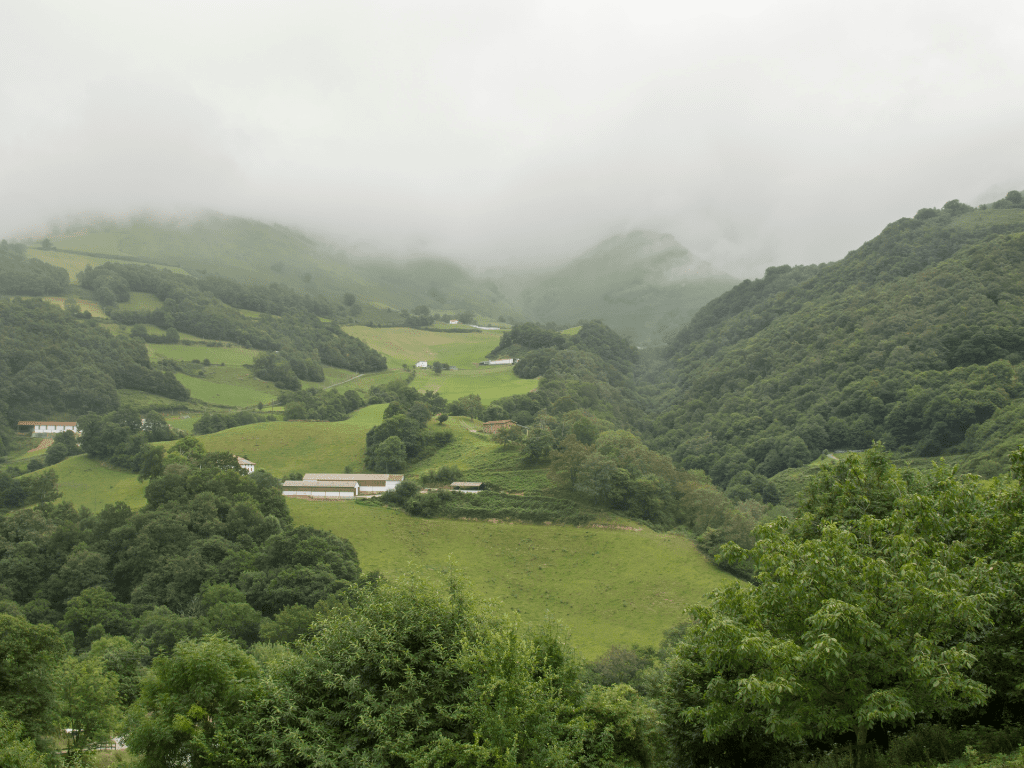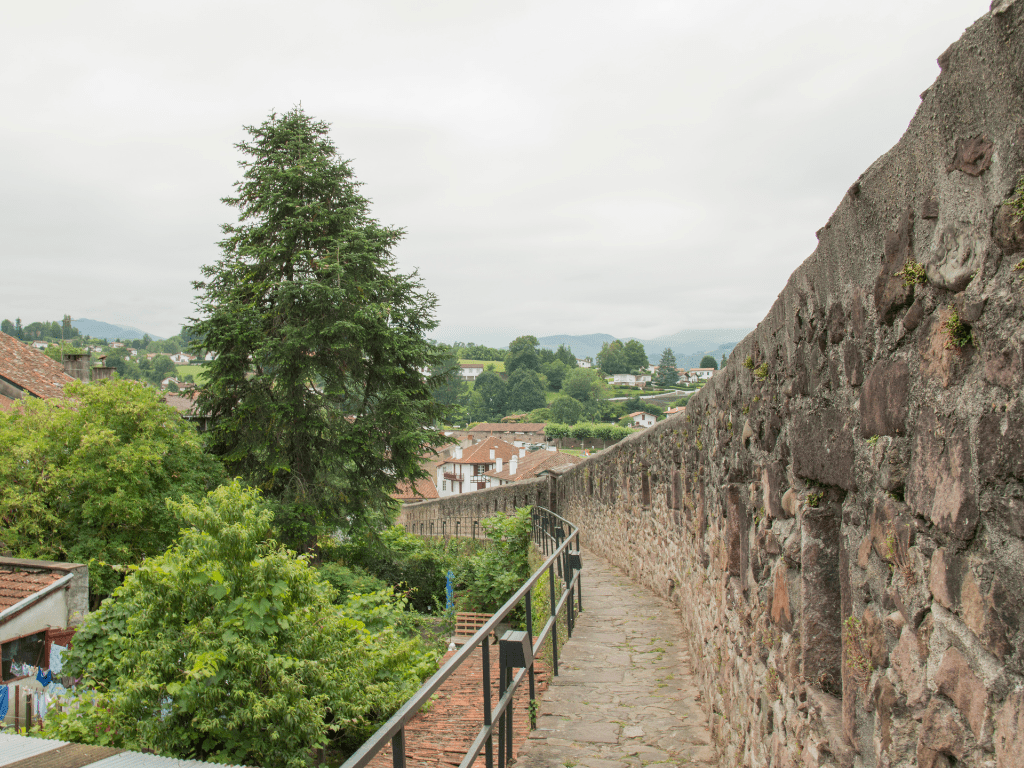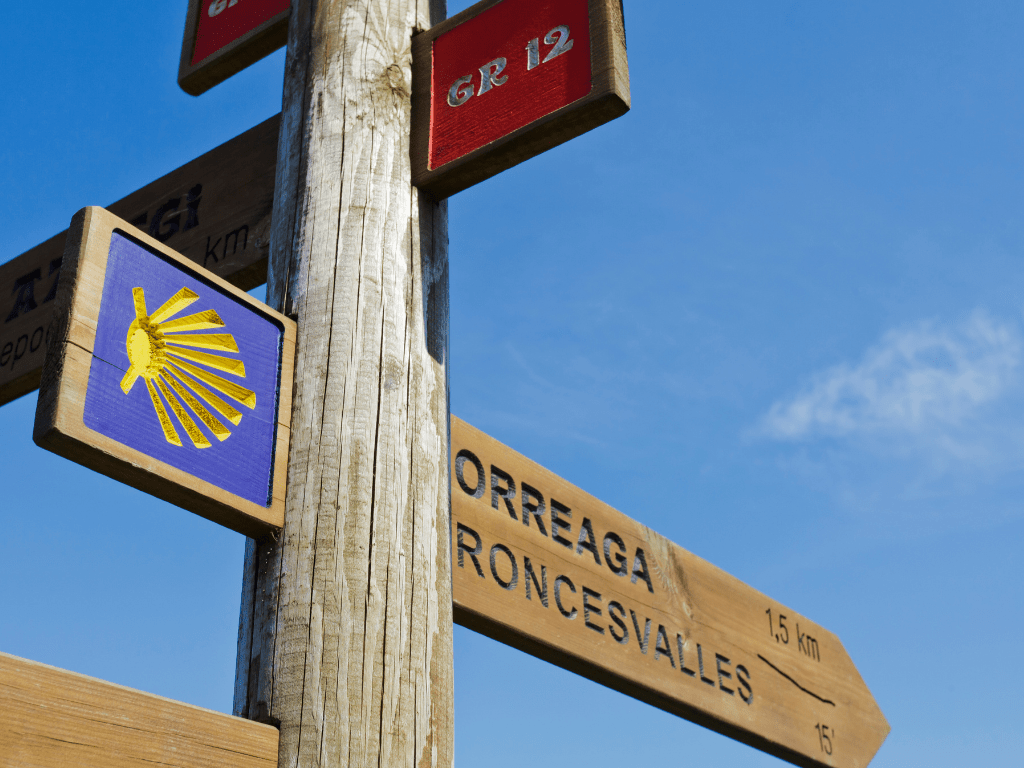Top 10 Things to Do in Saint-Jean-Pied-de-Port, France
Disclaimer: This article may contain affiliate links. For full information, please see our disclaimer here.
Saint-Jean-Pied-de-Port is the capital of France’s historical Basque province of Lower Navarre. Sitting at the foot of the Pyrenees mountains just a few miles from the Spanish border, it’s most famous for being the start of the Camino Frances route of the Camino de Santiago pilgrimage. The unspoiled village — undoubtedly the most beautiful in the region — is surrounded by a picturesque mountain landscape. Truly, it’s an ideal place if you’re looking for a little bit of solitude while engaging in rich cultural traditions and historical learnings.
Even though the village is small (pop. 1500), it’s full of attractions and unique experiences. Thus, let’s explore the best things to do in Saint-Jean-Pied-de-Port, France.
What to do in Saint-Jean-Pied-de-Port
If you’re just passing through SJPP, you’ll want to make the most of your time in this quaint French town. Don’t worry, we’ve got you covered with our guide to SJPP and this list of ten of the top things to do in Saint-Jean-Pied-de-Port, France. Keep scrolling!
1. Stop by the Office de Tourisme de Saint-Jean-Pied-de-Port
When you arrive in town, head straight to the Tourist Office of Saint-Jean-Pied-de-Port. Here, you’ll find all the advice and information you need to discover the fortified city and surrounding Basque countryside. There are also plenty of services to get your adventure started on the right foot. To name a few: free internet access, accommodation reservations, guided tours, and ticketing information for the town’s main attractions.
The office is located right in the center of SJPP and is open Monday-Saturday mornings and early evenings with a mid-day break.
2. Ride the Petit Train Touristique de Saint-Jean-Pied-de-Port
Just opposite the tourist office, the little tourist train is perfect for guests to get their bearings — and a scenic view — without having to walk up the big hill. During the 40-minute ride, the train will take you past the Maison de Mansart (City Hall), the Nive river, the old city walls, the Roman bridge, and the historical center. Additionally, you can catch a glimpse of traditional Navarrese dwellings, all while surrounded by the stunning Pyrenees mountains. What could be better?
Tickets cost around 6 Euros for adults and 3 Euros for children, and tours are given in French. Learn more about the Petit Train.
3. See the Citadelle de Saint-Jean-Pied-de-Port

Perched high above the town is the prominent Mendiguren Citadelle, a must-do in Saint-Jean-Pied-de-Port. Although getting there requires a long walk up a cobblestone path, the breathtaking views of the town and surrounding mountain range are worth it! Originally built for the military in 1628, the Citadelle is now a secondary school for children. Thus, the building is closed to the public. But, anyone can — and should — make the steep trek to the top for the spectacular views. There are picnic tables nearby should you wish to take a break, too!
Pilgrims’ Tip: If you plan to start the Camino de Santiago in Saint-Jean-Pied-de-Port, you are advised to leave St. Jean in the morning for safety reasons — it can become unsafe to walk through the mountain pass at night. Whatever time you arrive, plan to stay at least 1-2 nights in Saint Jean to orient yourself and enjoy the city. We recommend you book your accommodation on a site like Booking.com well in advance, especially in the high season (late spring through summer). Click here to begin your search.
4. Visit the Notre-Dame du Bout du Pont Church

The Notre-Dame du Bout du Pont Church is one of the most visited churches in the Basque country. And, amazingly, this magnificent Catholic cathedral integrates perfectly into the village. It’s located directly next to the tower of the entrance into the old town. Underneath the tower, see the Notre-Dame gate, the city’s best-preserved gate.
At the church, find eye-dropping Gothic architecture, stained glass windows, and ornate religious carvings on its façade. Then, a palpable mood: excited, yet somber. Contemplative. Here, many thousands of pilgrims have passed through the church’s doors to pray or receive spiritual guidance before the long journey. It’s certainly a place you’ll want to visit before you start your spiritual journey along the Camino!
5. Walk through the St. James Gate

As one of the most significant towns on the Camino de Santiago, Saint-Jean-Pied-de-Port is only 5 mi (8 km) away from the Spanish border. Thus, it’s sometimes called the gateway to Spain. The door to your Camino adventure will officially open as you leave SJPP through a stone doorway referred to as the St. James’ Door. This doorway is designated as a UNESCO World Heritage Site, too. Don’t forget to savor the moment!
By the way, Saint-Jean-Pied-de-Port is also the ending point for the French pilgrimage route, Le Chemin de Saint-Jacques du-Puy. As such, the St. James’ Door signifies both accomplishment and confidence for pilgrims.
6. Go shopping

Saint-Jean-Pied-de-Port is known for its attractive boutiques, markets, and other unique shopping opportunities. While visiting the town, spend a few hours wandering through the wide variety of local trinkets, traditional memorabilia, and Camino souvenirs (Some pilgrims pick up the shells they wear on their backpacks here).
Be sure to check out the Marché Couvert, the town covered market open every Monday morning. We also recommend these other locations:
- Brana: Distillery and spirits store offering local wines, gins, and whiskeys
- Les récoltes du monde: Crops of the World, providing natural products such as spices, oils, and flowers
- Galeries de Garazai: Gift shop for Basque specialties and Camino memorabilia
- Boutique du Pelerin: Sporting goods store where you can pick up last-minute gear for the Camino (See our packing list for the gear you’ll need to walk the Camino de Santiago.)
7. Walk along the Muralla Medieval

While in Saint-Jean-Pied-de-Port, one fun thing to do is to take a walk along the medieval city walls. The path, restored in the 19th century, runs along the walls of what used to be a fortified city! That’s right, the entire town was once enclosed by defensive ramparts. Today, the four original gates are still intact.
8. Watch a game of Pelota at Fronton de Saint-Jean-Pied-de-Port

Having been played in the Basque Country since before the 17th century, wall sports — specifically Basque Pelota — are part of the local tradition and you won’t want to miss. Some say tennis, racquetball, and squash even descended from Pelota! As such, during your visit to Saint-Jean-Pied-de-Port, head for a game of pelota at the Fronton (the court where it’s played). Even if you’re not a fan of sports, you won’t help but to become enthralled by the artistry, sport, and tradition of Pelota or Chistera.
Games are particularly popular on Sundays and Mondays, especially in the spring.
9. Tour the Prison des Evêques
Although it’s called the Bishop’s Prison in English, the Prison des Évêques never did jail any bishops! It was named more recently for its curious history: Bishops once presided there in the 14th century, then it was a prominent prison during the 18th-20th century. You may visit various rooms and the cells. Then, check out various pieces of traditional Basque art, costumes, and other fascinating artifacts.
Pilgrims, in particular, will appreciate the historical exhibition on the St. James Way (Camino de Santiago). Both the museum and adjoining gallery illustrate what life was like for pilgrims on the Way in the middle ages.
Keep in mind when visiting, that all descriptions are written in French only. Entry is about 3€.
Editor’s Note: Although the Camino de Santiago is relatively safe, stuff happens! Start your trip off right by insuring your trip with a trusted partner like World Nomads. Travel insurance can cover trip interruptions, injury, and other mishaps like theft. Don’t walk the Camino without it; we certainly don’t!
10. Get a list of accommodations at the Pilgrim Information Office

The Pilgrim Information Office is the most important thing to do in Saint-Jean-Pied-de-Port if you plan on making the 500 mi (800 km) journey on the Camino de Santiago. Since this is a common Camino starting point — and has been for decades — it is here where pilgrims can pick up their passports, a list of open accommodations, and pertinent route advice. Passports or credenciales will be stamped at every albergue (pilgrims’ accommodation) and will become one of your most prized possessions and a memorable souvenir. You’ll show your passport in Santiago (with two stamps per day from Sarria, at the least) to get your certificate of completion, so don’t lose it!
Open daily from early until late with a mid-day break.
Conclusion
As you can see, SJPP is an exciting destination for a day or two in France’s Basque Country. Whether you are looking to indulge in its history and culture, begin walking the Camino de Santiago, or even sample some yummy treats or spirits, we’re confident you’ll find something you love on this list of the best things to do in Saint-Jean-Pied-de-Port.
But first, you have to get there! Check out this post on how to get to Saint-Jean-Pied-de-Port for directions, and start your trip to this lovely French village.
More articles you may like
- Ultimate Guide to St.-Jean-Pied-de-Port: Tips for Visiting the Delightful French Village
- How to Get to St.-Jean-Pied-de-Port to Start the Camino
- Ultimate Guide to the Camino de Santiago
Click image to pin to Pinterest!

